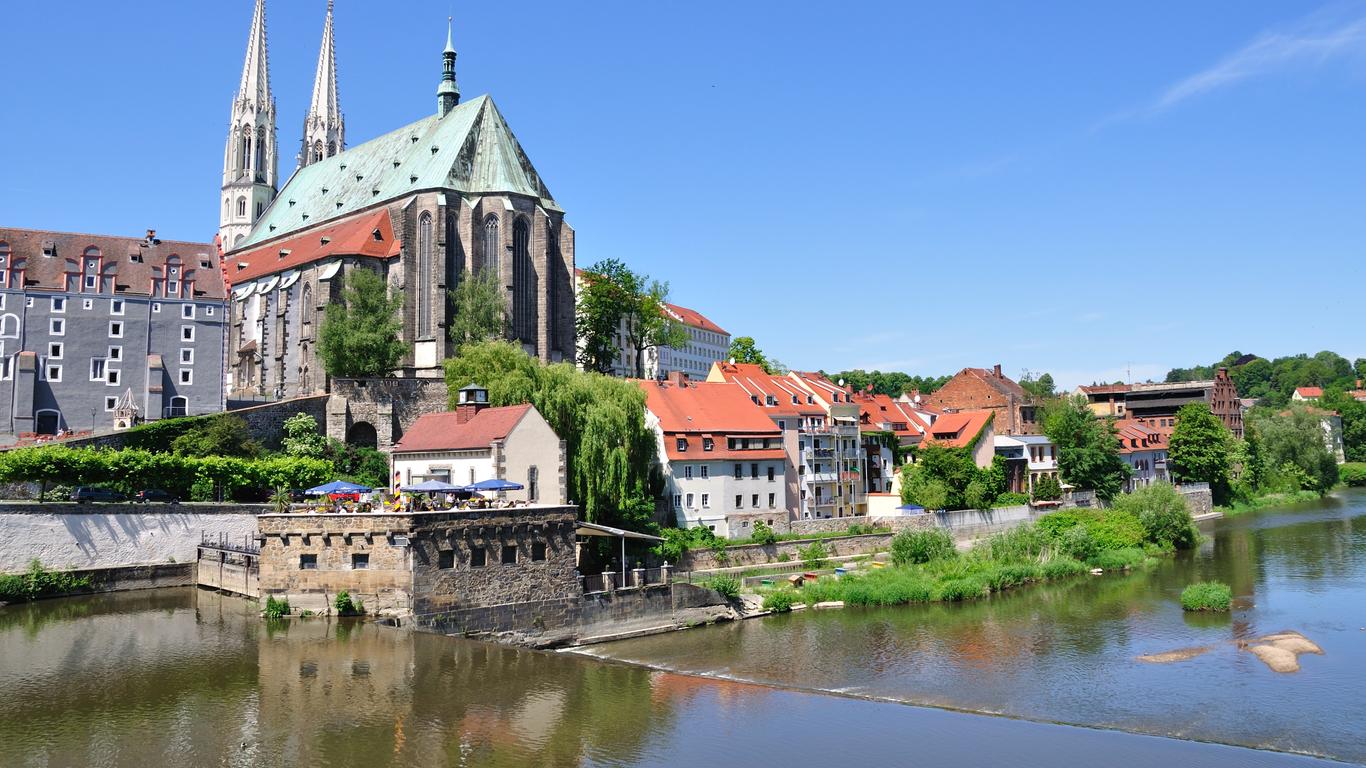Established as a Sorbian settlement in the 11th century, Görlitz lies along the Lusatian Neisse River as it marks the border between Germany and Poland. It centres around a beautifully preserved old town that exhibits a diversity of architectural styles and has a rich cultural heritage combining Lusatian and Silesian traditions.
Things to do in Görlitz
Occupying one of Görlitz’s most beautiful Renaissance buildings is the Silesian Museum, which explores the rich history of Silesia - a region that once encompassed parts of modern-day Poland, the Czech Republic and Germany. Admire traditional arts and crafts dating back to the 17th century and get up close to artefacts that illustrate daily life in Silesia and its most significant industries.
Also not to miss is the Museum of Natural History, where you’ll find displays dedicated to zoology, botany and geology. Discover how the Ice Age shaped the land and see a giant soil column, then browse the dioramas depicting the plants and animals of Upper Lusatia’s habitat zones. The museum also houses a vivarium home to Madagascan tomato frogs and Eurasian harvest mice.
A short drive south of Görlitz is Lake Berzdorf, a popular recreational destination where you can go boating, swimming and cycling. Continue driving south and you’ll arrive at the magnificent Kloster St. Marienthal, which is the oldest Cistercian nunnery in Germany. Originally founded in 1234, it was destroyed during the Hussite Wars and rebuilt in a Baroque style in 1685.
Getting around Görlitz
Görlitz is around 1.5 hours’ drive from Dresden and just over an hour from Dresden Airport, which has flights to destinations across Europe. Wrocław is just under two hours away. Regular trains connect to the Görlitz railway station and the town is compact enough to explore on foot.





